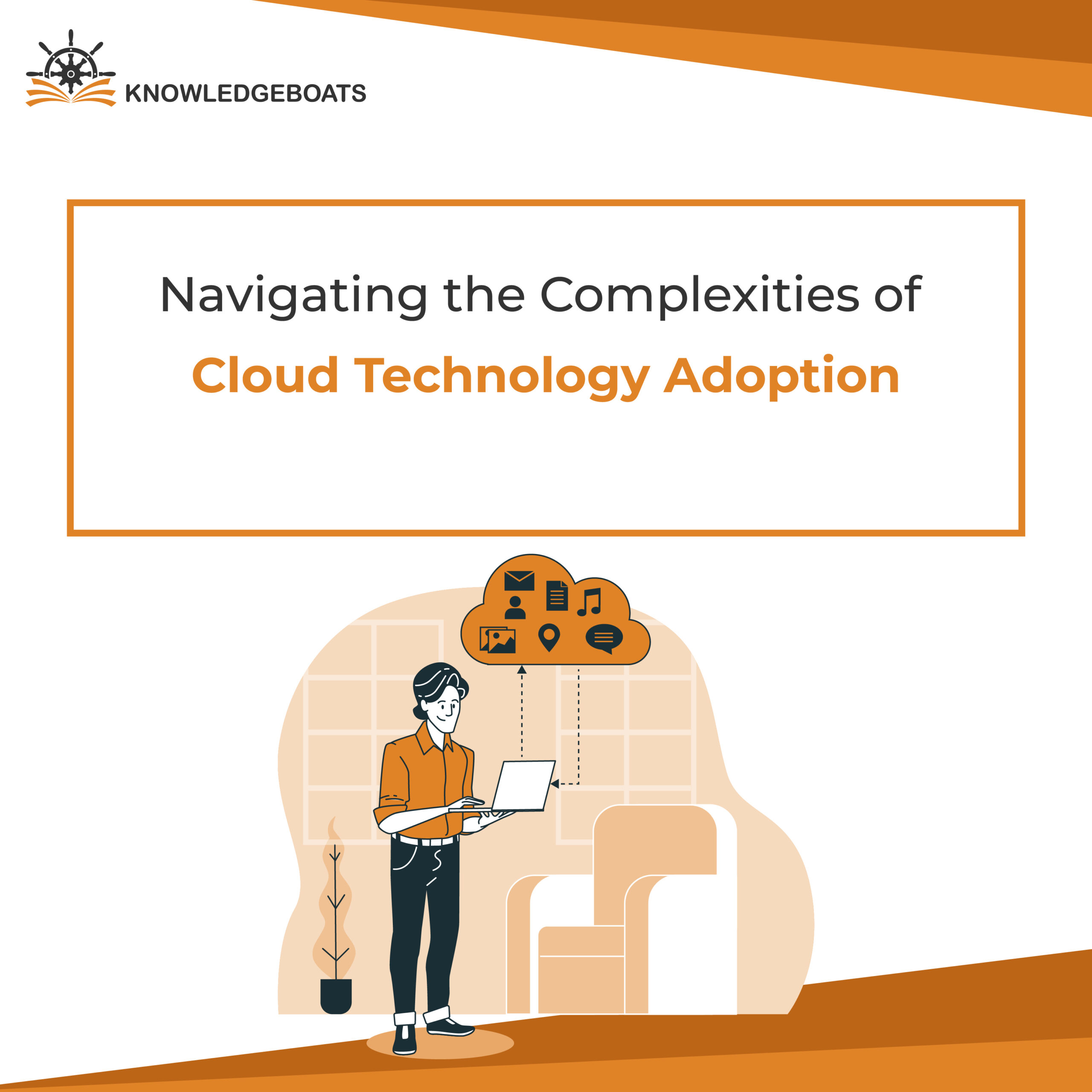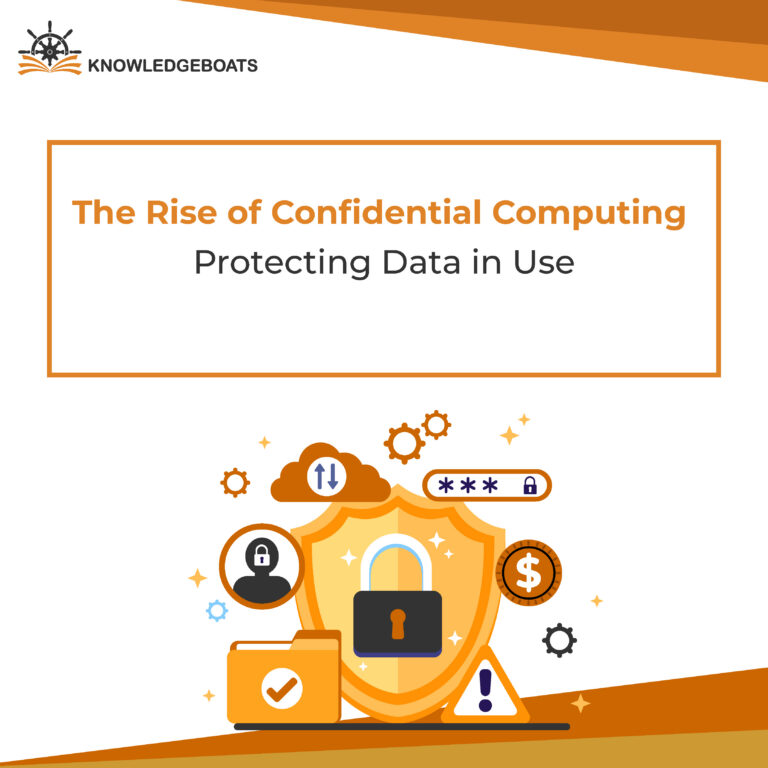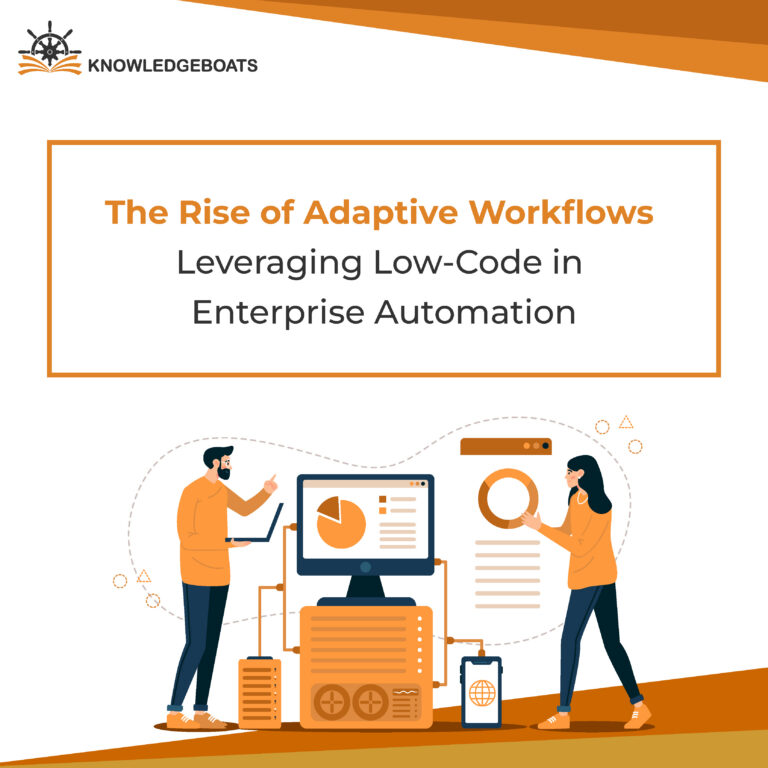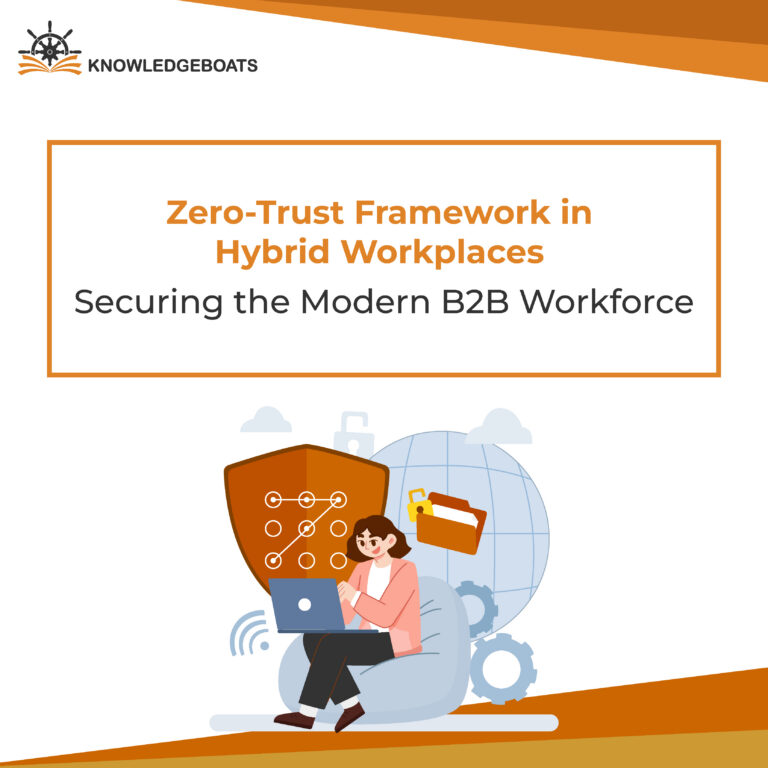
What is cloud technology?
Cloud technology refers to computing resources from applications to data centers over the Internet. In other words, it allows users to access computing resources as needed from a third-party provider instead of owning and maintaining their IT infrastructure. Storing files, data, software, and even entire business processes in the cloud is possible. This technology, therefore, has these attributes: scalability, cost-effectiveness, and greater accessibility; hence, they underline how businesses work today and how individuals interact with technology in today’s world.
What is cloud migration?
Cloud is a global network of interlinked servers dedicated to several purposes. The process of moving an organization one set of modified requirements data, applications, and other IT resources, and another set of customer on-premises infrastructure or physical servers to an environment that could be public, private, or hybrid cloud solutions. Such colossal computing resources are then virtually available on demand, and thus, scaling up and innovating becomes much easier than before with traditional IT systems.
Cloud migration has many faces, from entering individual workloads, such as applications or data storage, to completely migrating the whole IT environment to the cloud. All of this can be done by direct lift-and-shift migration to the cloud, re-engineering the apps to give them the best performance in the cloud, or even re-engineering the business processes to match cloud-native capabilities better.
Understanding the complexities of cloud adoption
Cloud adoption goes beyond just migrating applications and data to remote servers. It includes a series of crucial decisions personalized to your specific needs. Selecting a cloud model and a vendor, ensuring proper security, and planning cost optimization are just a few challenges faced by organizations. The successful adoption of the latest advances in cloud technology requires a straight realization of these complexities. It assists organizations to make informed decisions, mitigate any risks arising from these decisions, and fully harness the transformational impetus that cloud technology offers.
This exploration will investigate the key considerations and challenges concerning cloud adoption, creating a roadmap for organizations that will seek to leverage the cloud in its proper sense. While you begin cloud migration for your business, certain challenges may show up, and overcoming those challenges remains another crucial step toward the success of cloud migration.
Overcoming challenges in cloud technology adoption
A. Pre-Migration Planning:
The pre-steps of any process lay the foundation and ensure the effectiveness of cloud migration. When you plan for cloud technology adoption. You may take these steps to ensure a smooth transition:
- Align your goals with budget and management: Before beginning the migration process, it is crucial to align the organizational goals and the future outcomes for cloud migration.
- Assess and select the best migration apps: Every application is not equally suitable for efficient cloud migration. Thus, research and select the best migration applications with the most benefits from the cloud environment.
- Develop a comprehensive strategy: Creating a well-thought-out strategy is important for business. This strategy should outline the migration approach, resource allocation, timeline, and potential risks.
B. Utilizing the Right Tools
The selection and implementation of the right tools can streamline your entire cloud integration services. When your business migrates to AWS, utilizing the right tools can assist in streamlining the process. You may use these tools:
- AWS Application Discovery Service: This tool assists in gathering information related to on-premises data centers. It is also useful in optimizing and planning the migration of AWS costs.
- AWS Migration Hub: It offers a single location to track the migration application progress and integrates with other tools to offer efficient migration.
- AWS Application Migration Service (MGN): MGN previously known as cloud endure migration allows the lift and shift migration in minimum downtime. It also supports a range of operating systems and platforms, proving it more efficient.
- AWS Database Migration Service (DMS): DMS assists in migrating databases securely, while it supports both heterogeneous and homogeneous migration.
- AWS Server Migration Service (SMS): SMS automates the migration of on-premises such as Microsoft, VMware vSphere, and Azure virtual machines to AWS.
C. Risk and Security Management
Cloud migration involves moving critical applications and sensitive data, making security a top priority.
- Implementing robust security measures: A full security plan intends to defend against vulnerabilities of cloud solutions while migrating or post-migration. Encryption must be applied to data in transit or stored, with access enforced by stringent policy and defenses always kept current.
- Make a thorough risk assessment: Consider all possible problems that could crop up during the migration. For instance, loss of data, whether applications are going to work well, and if any downtime is involved. Make backup solutions are formulated for each risk that has been identified.
- Make a disaster recovery plan: Prepare a contingency plan and properly test it to restore normalcy once an aberration occurs during our post-migration. This will ensure the smooth running of affairs irrespective.
D. Ensure Compliance
The cloud migration process follows strict guidelines and standards where compliance can vary according to industry specifications and local laws. This entails identifying any compliance requirements that may be to your industry and location, such as GDPR, HIPAA, or PCI DSS, and then selecting a cloud provider, such as AWS to provide the relevant certification and features to meet these requirements. Very importantly, for audit and due diligence purposes, you must keep records of all actions regarding compliance that you have taken all the way through from the inception of the cloud migration process to its implementation.
E. Workplace preparation
The success of cloud migration depends on the preparation of the teams involved. It implies full training of the IT staff and the end-users on the new cloud environment, integration of new tools, new processes, and best practices. Additionally, regular and transparent communication with stakeholders about the cloud migration process, timelines, expected changes, and potential operational impacts is necessary. Ensure a support group for all problems or inquiries arising during the migration to get them resolved immediately.
F. Performance monitoring
Consistent monitoring ensures smooth cloud migration of your business and delivers benefits such as:
- Set benchmarks: Before cloud migration, set clear benchmarks for your ongoing infrastructure to compare after completing the migration.
- Define your KPIs: Analyze and track specific KPIs that align with your cloud technology adoption, including metrics such as resource utilization, cost savings, application response time, and user satisfaction.
- Implement monitoring tools: To gain real-time insights into cloud environment performance, organizations must mandate the use of cloud-native monitoring tools integrated with their third-party solutions for speedy identification and resolution of issues. These tools contribute to proactive monitoring and alerting, which is necessary for the maintenance and avoidance of expensive outages. Audits and refinement of monitoring practices should be a continual activity to remain relevant and cover every aspect.
- Partner with a cloud management provider: A cloud management provider can deliver an extraordinary enhancement in monitoring by collaborating with skilled professionals. Mission Cloud, for example, has an AWS-certified CloudOps team that uses best-in-class to monitor infrastructure and changes, sets live alerting and carries out root-cause assessment of incidents.
Conclusion
The adoption of cloud technology could be a complicated and challenging process. By analyzing and understanding the shared responsibility, you can keep your data safe. Adopting strong access security controls, avoiding common pitfalls, and continuously monitoring and analyzing your environment may further enhance your security. The challenges mentioned above may pose a potential threat. However, the long-term benefits of adopting cloud technology are remarkable. Business needs to understand that no one size fits solutions thus select your cloud technology carefully as per your organization and data size.



